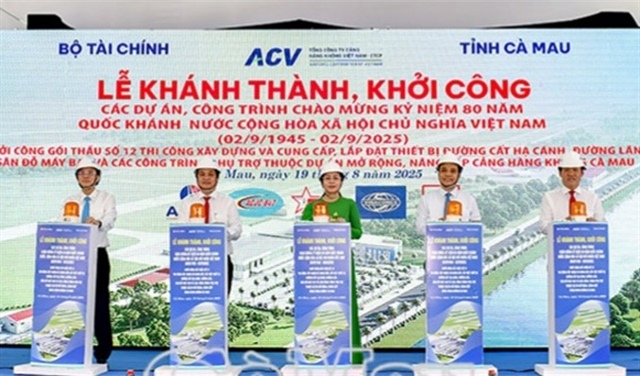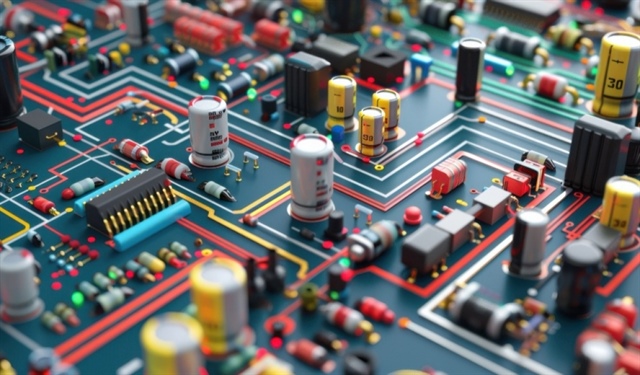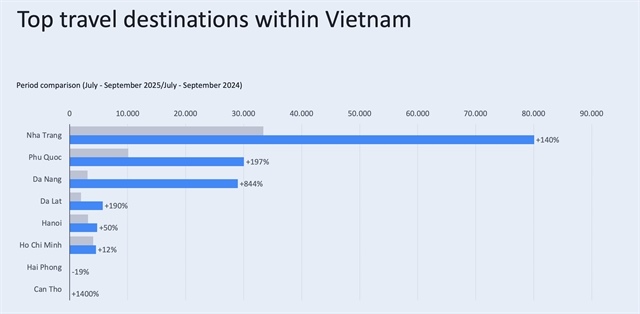Online dialogue centres on power development
Online dialogue centres on power development
The Ministry of Industry and Trade saw capital shortage to be the major difficulty the power sector encountered during implementation of the National Power Development Master Plan for 2011-20 (with a view to 2030).
Deputy Minister Hoang Quoc Vuong, Deputy General Director of Electricity of Viet Nam (EVN) Duong Quang Thanh and Deputy Director of the Ministry of Finance's Department of Investment Phan Ngoc Quang joined an online dialogue via the Government's e-portal yesterday morning.
"Great efforts are required to achieve the goals set out in the National Power Development Master Plan (PDP 7)," Vuong said.
The PDP 7 was approved by the Prime Minister last July. Under the plan, the power sector is expected to reach an output of about 330-360 billion kWh by 2020, and 700-800 billion kWh by 2030.
During the period to 2030, a total of US$110 billion is needed to build power plants, transformer stations and transmission lines.
However, Viet Nam could only meet a maximum of 70-80 per cent of needed capital for power development, said Quang, with the rest expected to be drawn from outside investors.
"Capital shortage would continue to be a headache during economic recession and low growth," he added.
Currently, EVN could meet only 60 per cent of the VND500 trillion ($23.9 billion) needed for power investment to 2015. In 2012 alone, there was a shortage of VND8.9 trillion ($424 million) to invest in southern projects.
Capital shortage resulted in the slow implementation of electricity projects, Vuong said, adding, "If the problem was not tackled fully, it would be hard to achieve the goals."
He pointed out that with a reasonable power price policy, more investors from the private sector and foreign countries would pour money in because they saw profits.
In addition, the sector would try its best to form a competitive power market as soon as possible.
As scheduled in the Prime Minister's Decision No 26, the power generation market would be launched at the beginning of next month followed by the wholesale market in 2014-22 and the retail market after 2022.
Regarding transparency in power pricing, Vuong said annual financial reports from EVN were carefully audited and checked by relevant ministries, influencing power price adjustments.
According to Thanh, by 2020, thermoelectric plants would generate 60 per cent of output. The sector would import coal from 2016 when the domestic source will no longer be enough for power generation.
On a query about power saving, he said transmission systems would be upgraded in an effort to reduce power loss from 9.5 per cent in 2011 to 7 per cent by 2015.
Under the PDP 7, priority would be given to developing renewable energies with the contribution of 4.5 per cent of total electricity output in 2020 and 6 per cent in 2030.
In addition, the new kinds of power plant would also be constructed in Viet Nam, including pumped-storage facilities, the first of which was expected in 2019, and a nuclear power plant (after 2020), Vuong said.
vietnamnews






















